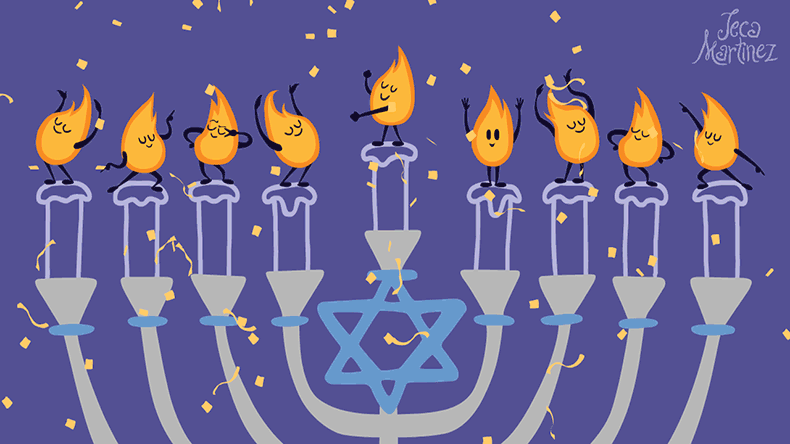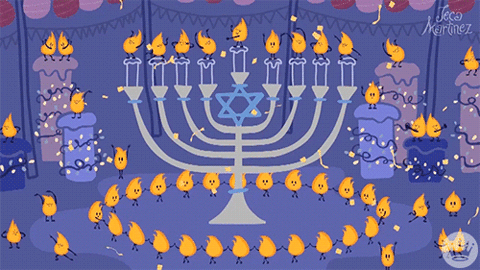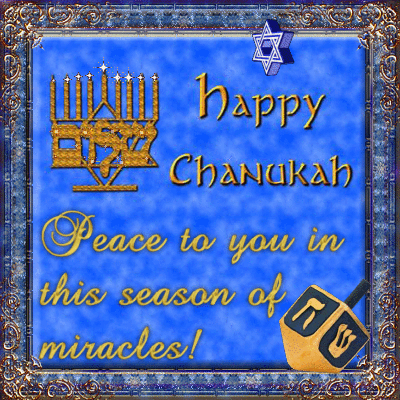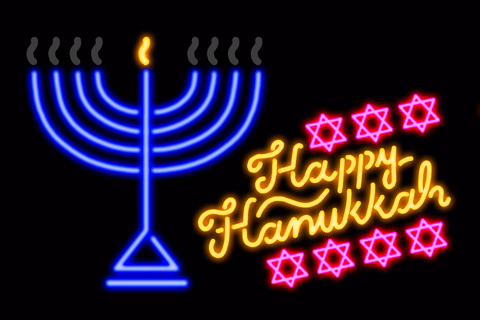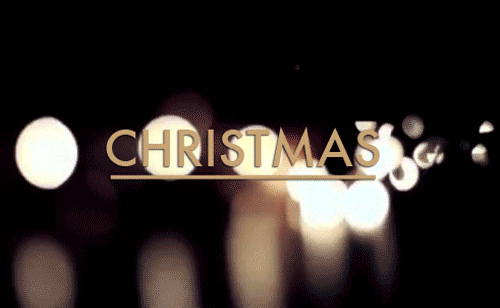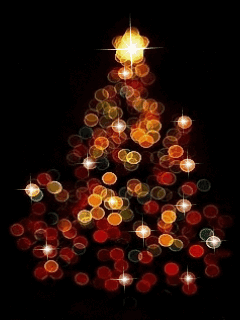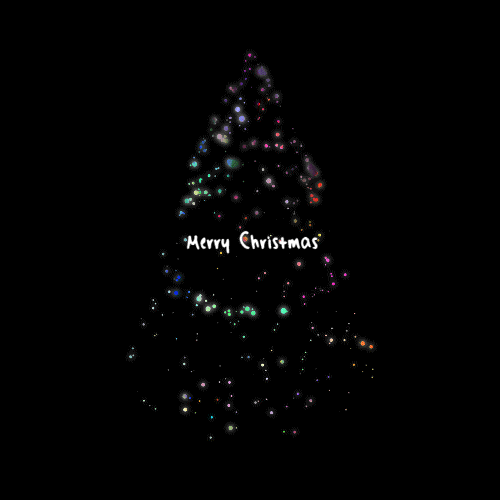In 1846, the popular royals, Queen Victoria and her German Prince, Albert, were sketched in the Illustrated London News standing with their children around a Christmas tree. Unlike the previous royal family, Victoria was very popular with her subjects, and what was done at court immediately became fashionable—not only in
Britain, but with fashion-conscious East Coast American Society. The Christmas tree had arrived. By the 1890s Christmas ornaments were arriving from Germany and Christmas tree popularity was on the rise around the U.S. It was noted that Europeans used small trees about four feet in height, while Americans liked their Christmas trees to reach from floor to ceiling.
The early 20th century saw Americans decorating their trees mainly with homemade ornaments, while the German-American sect continued to use apples, nuts, and marzipan cookies. Popcorn joined in after being dyed bright colors and interlaced with berries and nuts. Electricity brought about Christmas lights, making it possible for Christmas trees to glow for days on end. With this, Christmas trees began to appear in town squares across the country
and having a Christmas tree in the home became an American tradition.
🎄 Rockefeller Center Christmas Tree 🎄
The Rockefeller Center tree is located at Rockefeller Center, west of Fifth Avenue from 47th through 51st Streets in New York City. The Rockefeller Center Christmas Tree dates back to the Depression
era. The tallest tree displayed at Rockefeller Center arrived in 1948. It was a Norway Spruce that measured 100 feet tall and hailed from Killingworth, Connecticut. The first tree at Rockefeller Center was placed in 1931. It was a small unadorned tree placed by construction workers at the center of the
construction site. Two years later, another tree was placed there, this time with lights. These days, the giant Rockefeller Center tree is
laden with over 25,000 Christmas lights.
Christmas Trees Around the World
Christmas Trees in Canada
German settlers migrated to Canada from the United States in the 1700s. They brought with them many of the things associated with Christmas we cherish today—Advent calendars, gingerbread houses, cookies—and Christmas trees. When Queen Victoria’s German husband, Prince Albert, put up a Christmas tree at Windsor Castle in 1848, the Christmas tree became a tradition throughout England, the United States, and Canada.
Christmas Trees in Mexico
In most Mexican homes the principal holiday adornment is el Nacimiento (Nativity scene). However, a decorated Christmas tree may be incorporated in the Nacimiento or set up elsewhere in the home. As purchase of a natural pine represents a luxury commodity to most Mexican families, the typical arbolito (little tree) is often an artificial
one, a bare branch cut from a copal tree (Bursera microphylla) or some type of shrub collected from the countryside.
🎄
Christmas Trees in Great Britain
The Norway spruce is the traditional species used to decorate homes in Britain. The Norway spruce was a native species in the British Isles
before the last Ice Age, and was reintroduced here before the 1500s. 🎄
Christmas Trees in Greenland
Christmas trees are imported, as no trees live this far north. They are decorated with candles and bright ornaments.
🎄
Christmas Trees in Guatemala
The Christmas tree has joined the “Nacimiento” (Nativity scene) as a popular ornament because of the large German population in Guatemala. Gifts are left under the tree on Christmas morning for the children. Parents and adults do not exchange gifts until New Year’s Day.
🎄
Christmas Trees in Brazil
Although Christmas falls during the summer in Brazil, sometimes pine trees are decorated with little pieces of cotton that represent falling snow.
Christmas Trees in Ireland
Christmas trees are bought anytime in December and decorated with colored lights, tinsel, and baubles. Some people favor the angel on top
of the tree, others the star. The house is decorated with garlands, candles, holly, and ivy. Wreaths and mistletoe are hung on the door.
🎄
Christmas Trees in Sweden
Most people buy Christmas trees well before Christmas Eve, but it’s not common to take the tree inside and decorate it until just a few days before. Evergreen trees are decorated with stars, sunbursts, and
snowflakes made from straw. Other decorations include colorful wooden animals and straw centerpieces.
Christmas Trees in Norway
Nowadays Norwegians often take a trip to the woods to select a Christmas
tree, a trip that their grandfathers probably did not make. The Christmas tree was not introduced into Norway from Germany until the latter half of the 19th century; to the country districts it came even later. When Christmas Eve arrives, there is the decorating of the tree, usually done by the parents behind the closed doors of the living room, while the children wait with excitement outside. A Norwegian ritual known as “circling the Christmas tree” follows, where everyone joins
hands to form a ring around the tree and then walk around it singing carols. Afterwards, gifts are distributed.
🎄
Christmas Trees in Ukraine
Celebrated on December 25th by Catholics and on January 7th by Orthodox Christians, Christmas is the most popular holiday in the Ukraine. During
the Christmas season, which also includes New Year’s Day, people decorate fir trees and have parties.
🎄
Christmas Trees in Spain
A popular Christmas custom is Catalonia, a lucky strike game. A tree trunk is filled with goodies and children hit at the trunk trying to
knock out the hazel nuts, almonds, toffee, and other treats.
Christmas Trees in Italy
In Italy, the presepio (manger or crib) represents in miniature the Holy Family in the stable and is the center of Christmas for families. Guests kneel before it and musicians sing before it. The presepio figures are usually hand-carved and very detailed in features and dress. The scene is often set out in the shape of a triangle. It provides the base of a pyramid-like structure called the ceppo. This is a wooden frame arranged to make a pyramid several feet high. Several tiers of thin shelves are supported by this frame. It is entirely decorated with colored paper, gilt pine cones, and miniature colored pennants. Small candles are fastened to the tapering sides. A star or small doll is hung at the apex of the triangular sides. The shelves above the manger scene have small gifts of fruit, candy, and presents. The ceppo is in the old
Tree of Light tradition which became the Christmas tree in other countries. Some houses even have a ceppo for each child in the family.
🎄
Christmas Trees in Germany
Many Christmas traditions practiced around the world today started in Germany. It
has long been thought that Martin Luther began the tradition of bringing a fir tree into the home. According to one legend, late one evening, Martin Luther was walking home through the woods and noticed how beautifully the stars shone through the trees. He wanted to share the beauty with his wife, so he cut down a fir tree and took it home. Once inside, he placed small, lighted candles on the branches and said that it would be a symbol of the beautiful Christmas sky. The Christmas tree was born.
Another legend says that in the early 16th century, people in Germany combined two customs that had been practiced in different countries around the globe. The Paradise tree (a fir tree decorated with apples) represented the Tree of Knowledge in the Garden of Eden. The Christmas Light, a small, pyramid-like frame, usually decorated with glass balls, tinsel and a candle on top, was a symbol of the birth of Christ as the Light of the World. Changing the tree’s apples to tinsel balls and cookies and combining this new tree with the light placed on top, the Germans created the tree that many of us know today.
Modern Tannenbaum (Christmas trees) are traditionally
decorated in secret with lights, tinsel and ornaments by parents and then lit and revealed on Christmas Eve with cookies, nuts and gifts under its branches.
🎄
Christmas Trees in South Africa
Christmas is a summer holiday in South Africa. Although Christmas trees are not common, windows are often draped with sparkling cotton wool and tinsel.
🎄
Christmas Trees in Saudi Arabia
Christian Americans, Europeans, Indians, Filipinos, and others living here have to celebrate Christmas privately in their homes. Christmas lights are generally not tolerated. Most families place their Christmas trees somewhere inconspicuous.
🎄
Christmas Trees in Philippines
Fresh pine trees are too expensive for many Filipinos, so handmade trees in an array of colors and sizes are often used. Star lanterns, or parol, appear everywhere in December. They are made from bamboo sticks, covered with brightly colored rice paper or cellophane, and usually feature a tassel on each point. There is usually one in every window,
each representing the Star of Bethlehem.
🎄
Christmas Trees in China
Of the small percentage of Chinese who do celebrate Christmas, most erect artificial trees decorated with spangles and paper chains, flowers, and lanterns. Christmas trees are called “trees of light.”
🎄
Christmas Trees in Japan
For most of the Japanese who celebrate Christmas, it’s purely a secular holiday devoted to the love of their children. Christmas trees are decorated with small toys, dolls, paper ornaments, gold paper fans and lanterns, and wind chimes. Miniature candles are also put among the tree branches. One of the most popular ornaments is the origami swan. Japanese children have exchanged thousands of folded paper “birds of peace” with young people all over the world as a pledge that war must
not happen again.
Christmas Tree Trivia
- Christmas trees have been sold commercially in the United States since about 1850.
- In 1979, the National Christmas Tree was not lighted except for the top
ornament. This was done in honor of the American hostages in Iran.
- Between
1887-1933 a fishing schooner called the Christmas Ship would tie up at the Clark Street bridge and sell spruce trees from Michigan to Chicagoans.
- The tallest living Christmas tree is believed to be the 122-foot, 91-year-old Douglas fir in the town of Woodinville, Washington.
- The Rockefeller Center Christmas tree tradition began in 1933. Franklin Pierce, the 14th president, brought the Christmas tree tradition to the White House.
- In 1923, President Calvin Coolidge started the National Christmas Tree Lighting Ceremony now held every year on the White House lawn.
- Since 1966, the National Christmas Tree Association has given a Christmas tree to the President and first family.
- Most Christmas trees are cut weeks before they get to a retail outlet.
- In 1912, the first community Christmas tree in the United States was erected in New York City.
- Christmas trees generally take six to eight years to mature.
- Christmas trees are grown in all 50 states including Hawaii and Alaska.
- 98 percent of all Christmas trees are grown on farms.
- More than 1,000,000 acres of land have been planted with Christmas trees.
- On average, over 2,000 Christmas trees are planted per acre.
- You should never burn your Christmas tree in the fireplace. It can contribute to creosote buildup.
- Other types of trees such as cherry and hawthorns were used as Christmas trees in the past.
- Thomas Edison’s assistants came up with the idea of electric lights for Christmas trees.
- In 1963, the National Christmas Tree was not lit until December 22nd because of a national 30-day period of mourning following the assassination of President Kennedy.
- Teddy Roosevelt banned the Christmas tree from the White House for environmental reasons.
- In the first week, a tree in your home will consume as much as a quart of water per day.
- Tinsel was once banned by the government. Tinsel contained lead at one time. Now it’s made of plastic.
- The best-selling trees are Scotch Pine, Douglas Fir, Fraser Fir, Balsam Fir and White Pine.
🎄
Citation Information
Article Title History of Christmas Trees
Author History.com Editors
Website Name HISTORY
URL https://www.history.com/topics/christmas/history-of-christmas-trees
Access Date December 21, 2020
Publisher A&E Television Networks
Last Updated December 2, 2020
Original Published Date October 27, 2009
Tags Christmas
By History.com Editors
READ MORE: History of Christmas
READ MORE: 25 Christmas Traditions and Their Origins



























